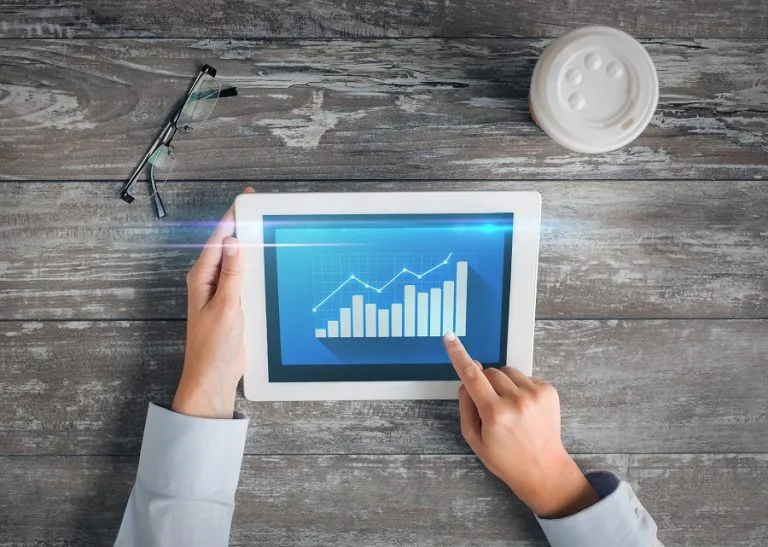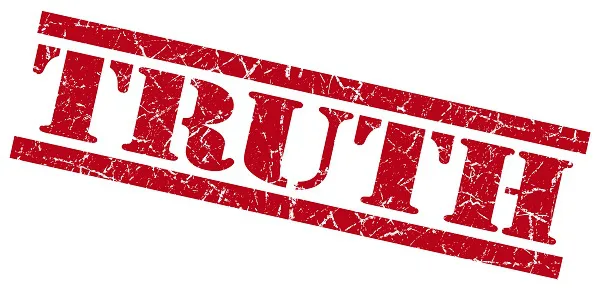


1) High and low traffic periods
2) Labor management efficiency (or lack thereof)
3) True sales conversion rates
4) True success of promotions, displays, and exhibits
High and low traffic periods: Sales reports and periodic counts made by employees provide a general sense of what times of day/days of the week are busiest, but they are imprecise measurement tools at best. Traffic counting solutions capable of gathering timely traffic data – including how many people come into a store or restaurant, when they enter and exit, which entrances they use, and how they move throughout the location – establishes a data baseline for several key performance metrics. In addition, consistent measurement over time reveals the customer traffic impact of outside conditions such as weather, construction in the area, or nearby sporting or entertainment events.
Labor Management Efficiency: Because personnel costs are typically one of the largest budget items for a retailer or restaurant, it’s beneficial to the bottom line to have the optimal number of employees working at any given time. However, this can be a delicate balancing act: retailers, for example, want enough associates on the floor and at the POS to facilitate sales and keep checkout lines moving, but not so many that employees don’t have enough work to keep them busy. In larger multi-department stores, retailers need to have enough associates working in product areas requiring heavy sales assistance (e.g. jewelry and cosmetics) versus those where customers will only occasionally need assistance (e.g. apparel, groceries, home repair items). Using timely traffic data to chart when a store or restaurant is busiest, and deploying employees accordingly, ensures there will be sufficient staff on hand during busy times without wasting valuable resources at non-peak times.
True Sales Conversion Rates: Customer traffic is all well and good, but sales are literally what make the cash registers ring. Timely traffic data is critical to understanding how many people are actually buying items versus simply browsing. With true conversion rate data, businesses can explain sales spikes and slumps. If sales are down, the conversion rate can show whether it’s because foot traffic has slowed, but if traffic hasn’t dropped, the conversion rate will show that high traffic is no longer leading to high sales.
Promotion/Display Effectiveness: Promotional advertising can be costly, so it’s beneficial to know what is actually drawing customers in. Integrating a people counting system with the POS to track sales of a promoted product or service during a specific period can reveal which vehicles and messages are most effective. If timely traffic data indicates a spike in customer visits without a corresponding rise in sales of a promoted item, it’s a strong indication that the promotion needs to be rethought.
Gathering timely traffic data provides the cornerstone for critical performance measurements, including true sales conversion rates, in retail, restaurant, and hospitality locations. This data provides the means to consistently check up on labor efficiency and scheduling as well as the effectiveness of promotional tools both inside and outside the store.